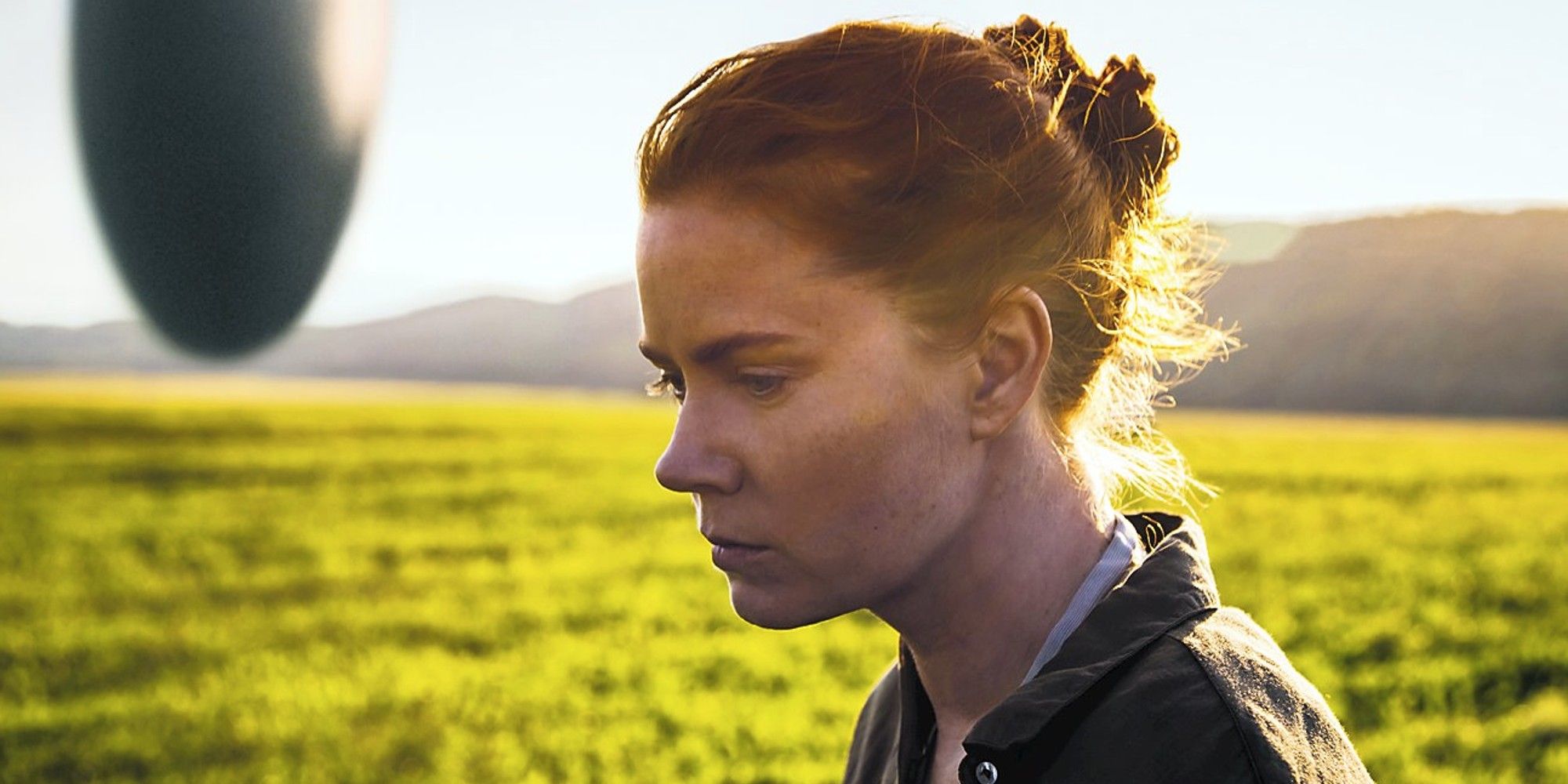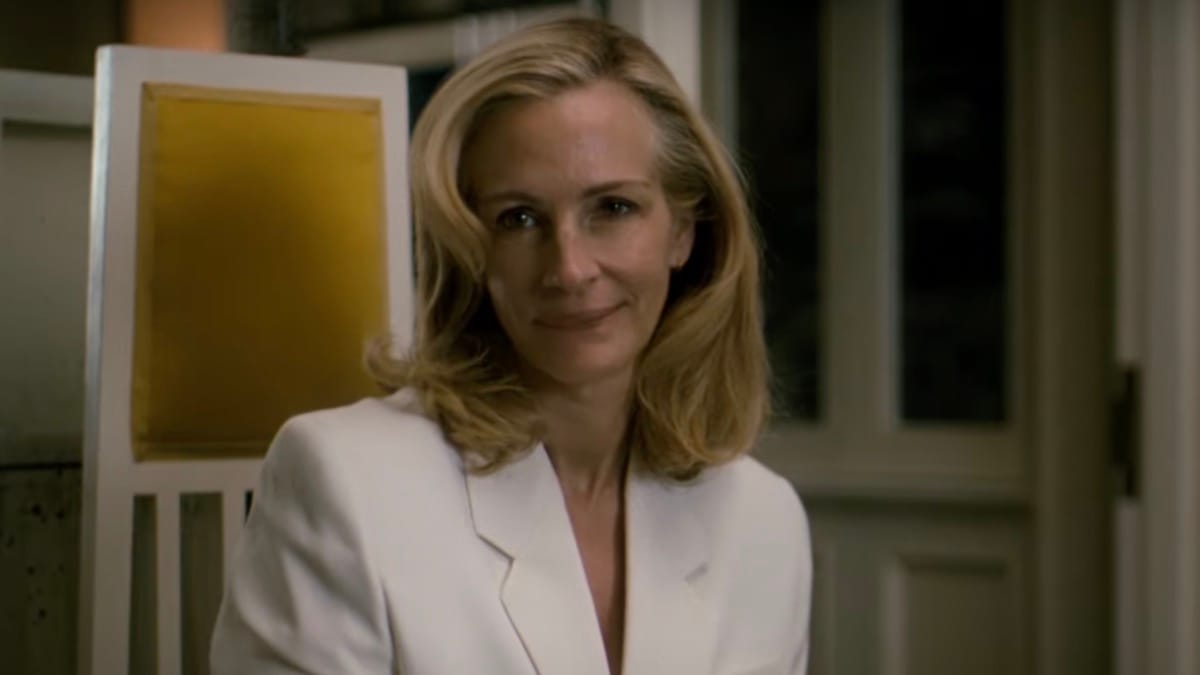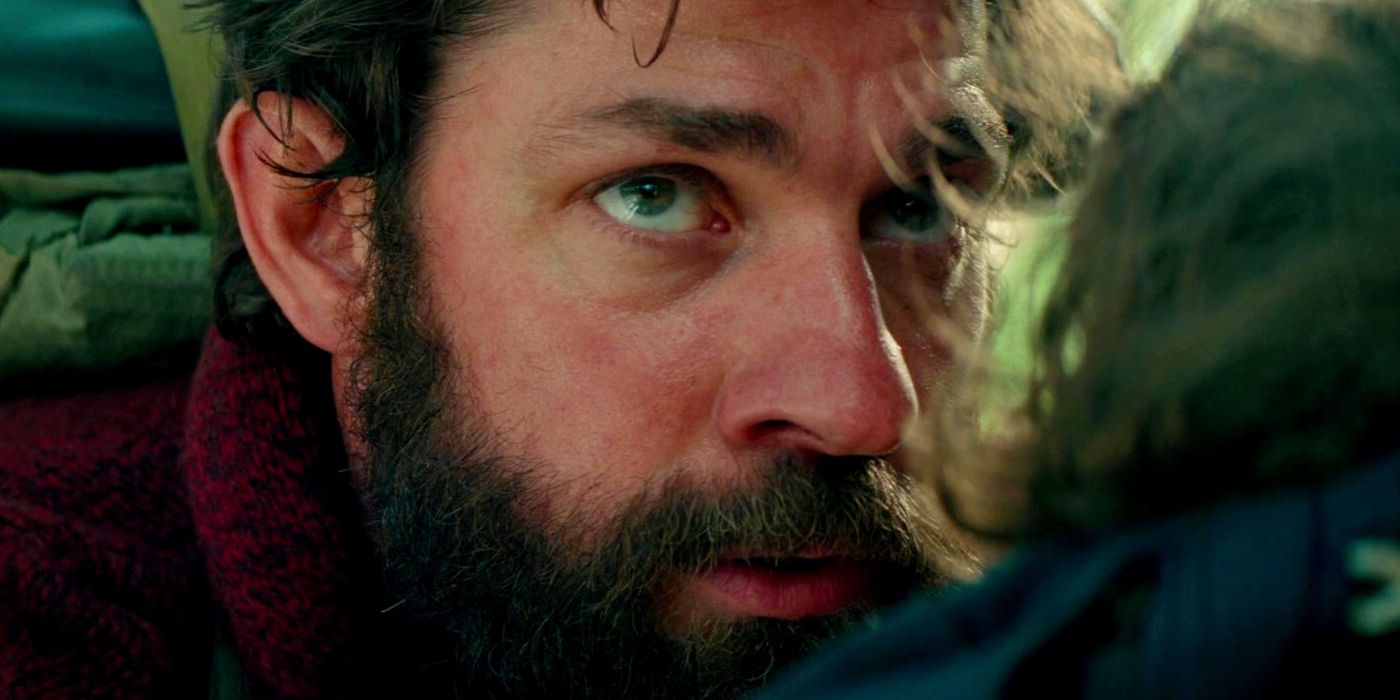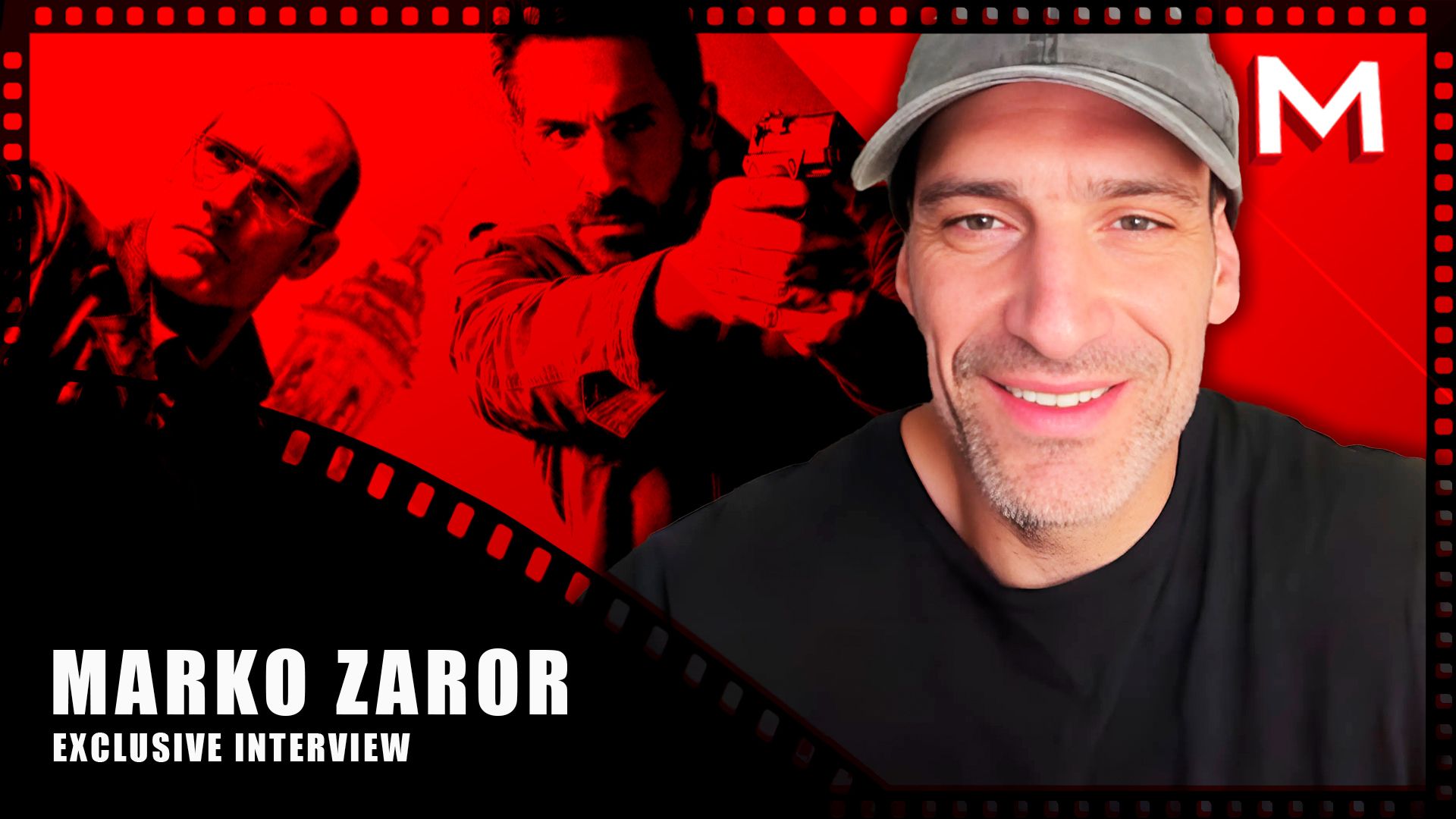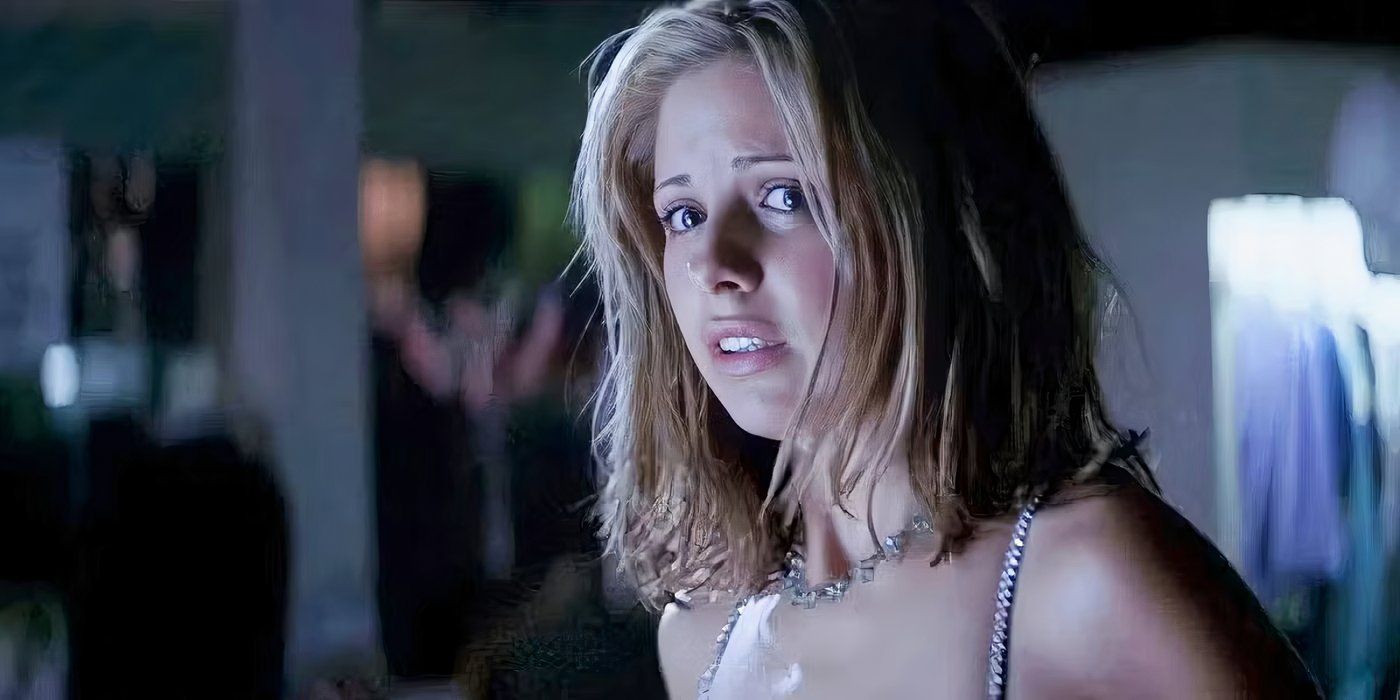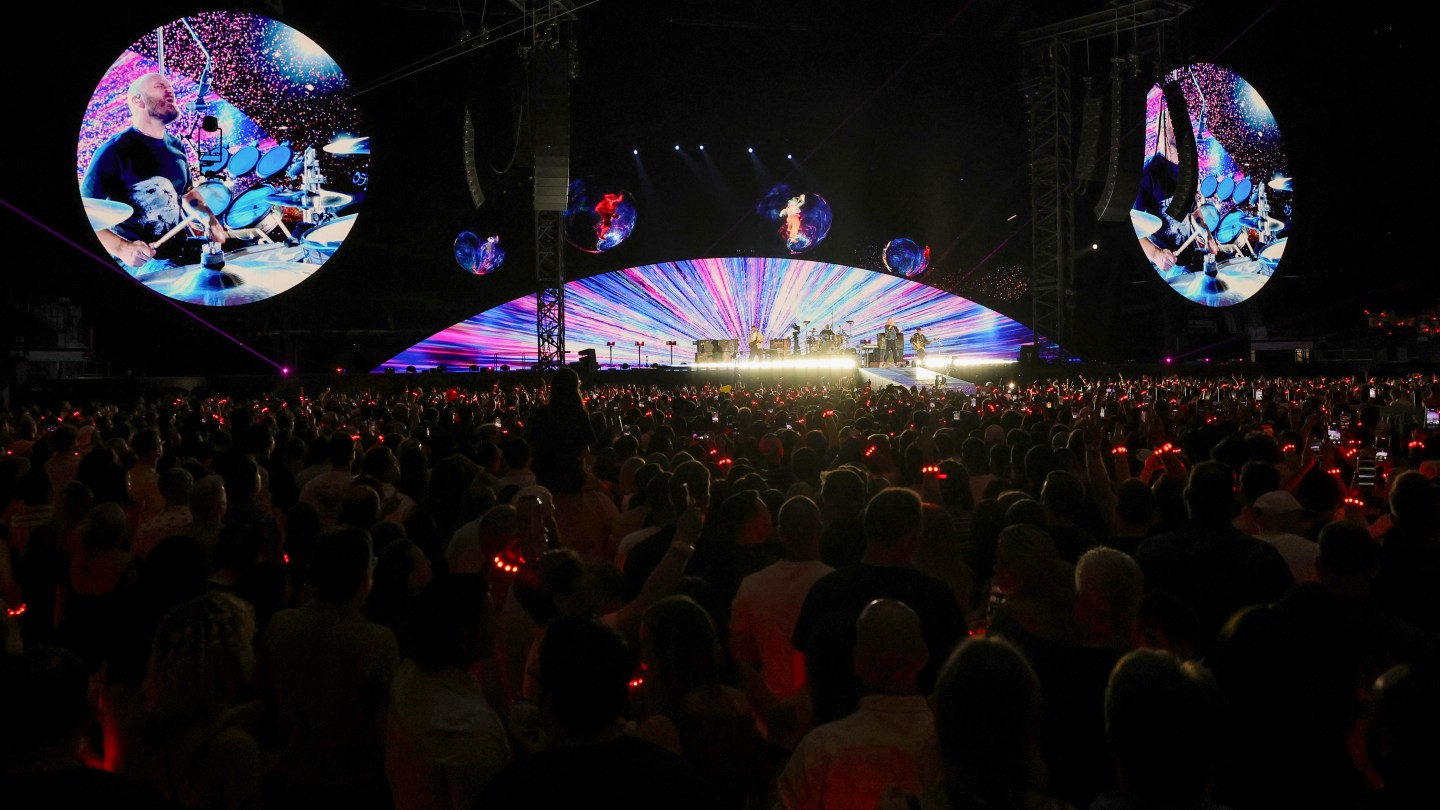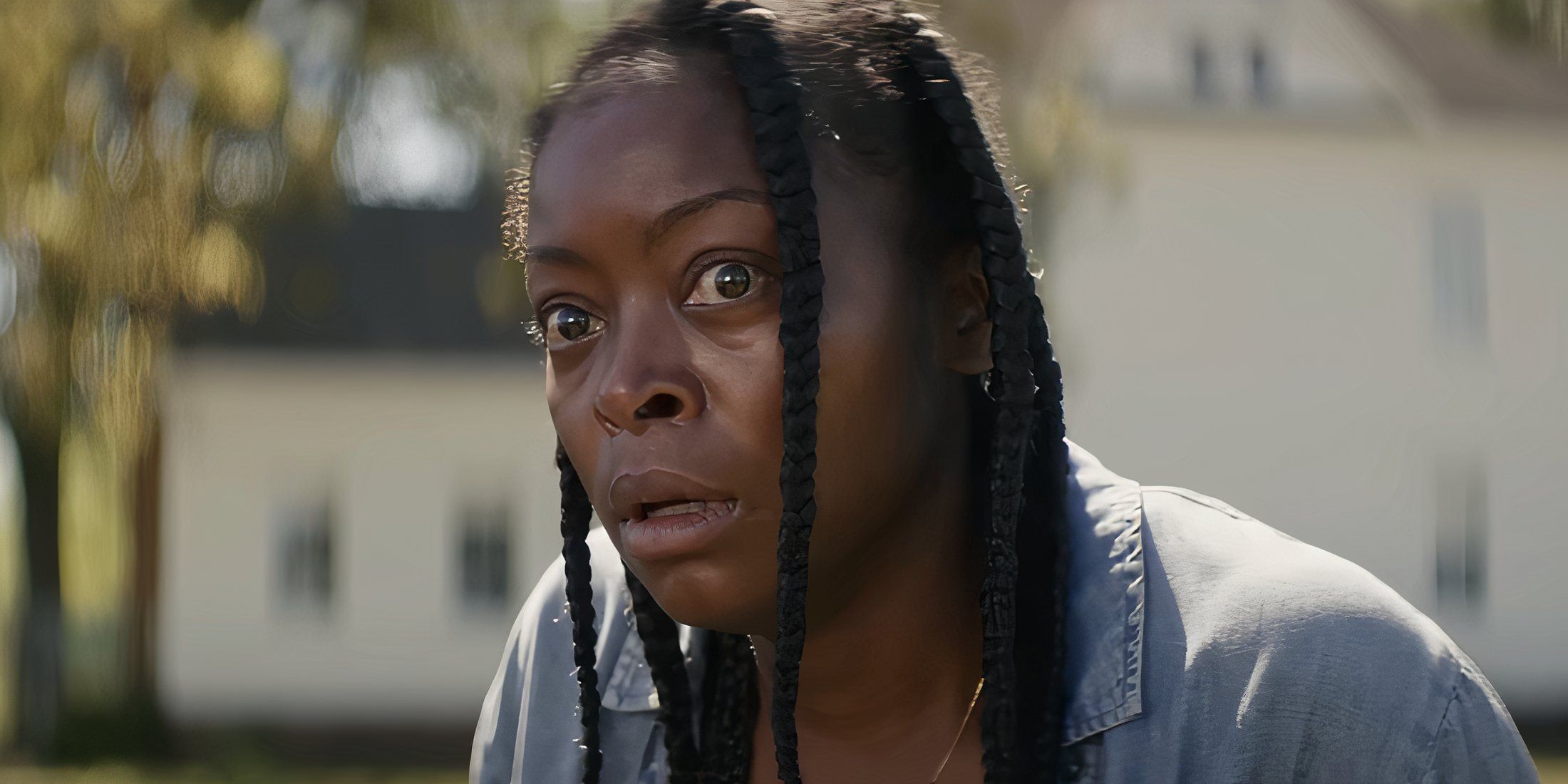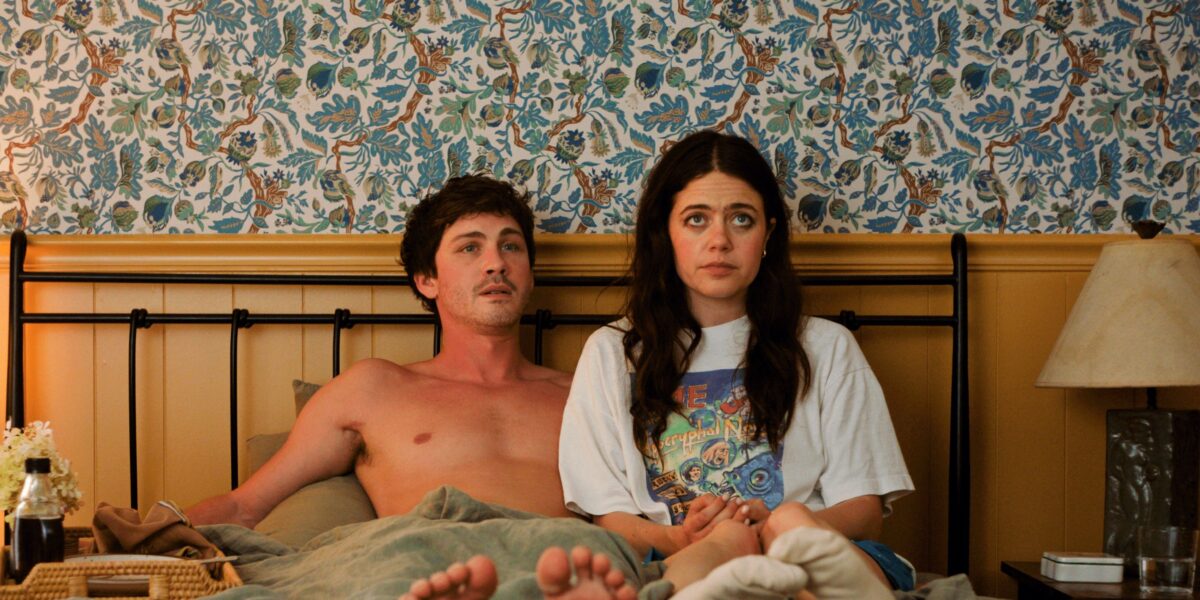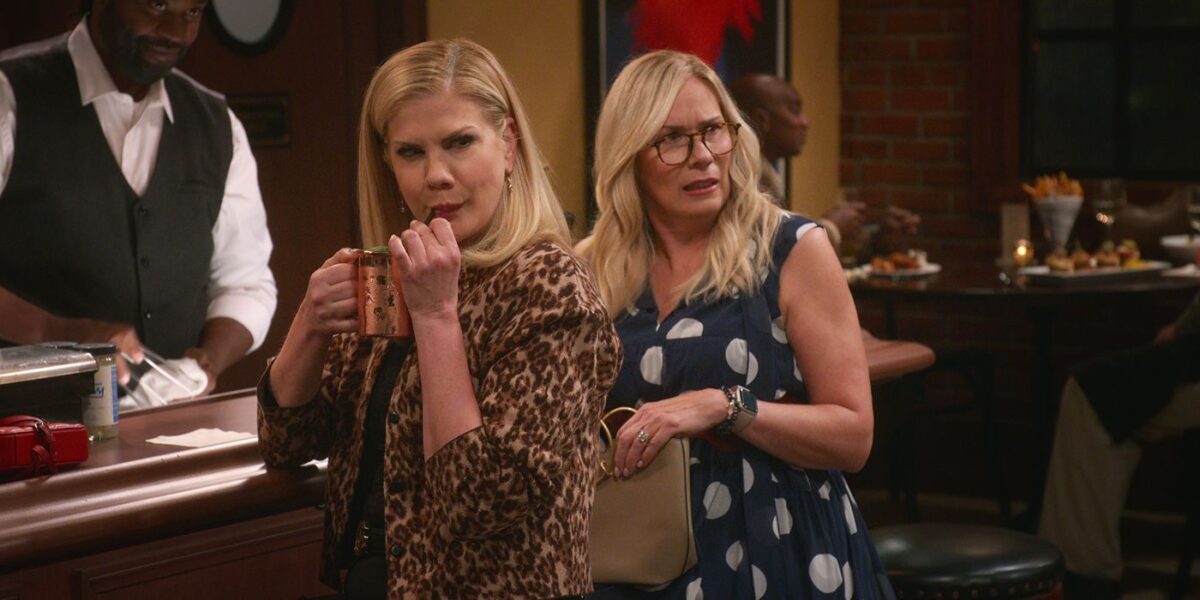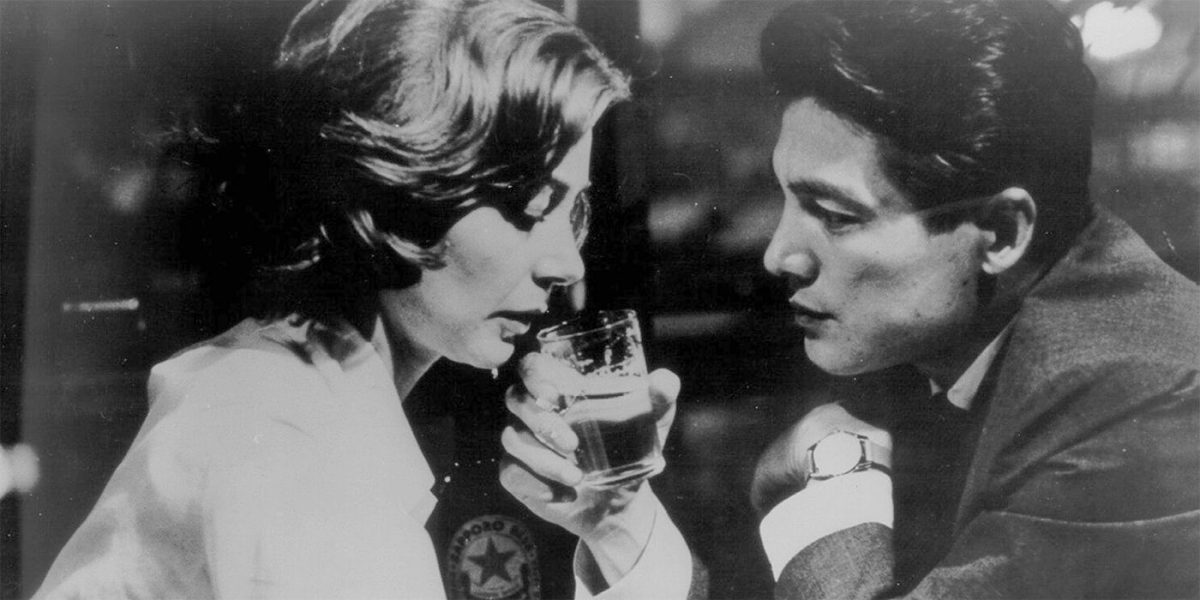
This French New Wave Film Walked So ‘Oppenheimer’ Could Run
Aug 1, 2023
The Big Picture
Alain Resnais’ film Hiroshima Mon Amour tackles the unspeakable trauma of the bombings of Hiroshima and Nagasaki, something Western cinema has largely ignored. Resnais fuses fiction and documentary elements to explore the theme of memory and the lasting impact of the bombings on the victims. The film challenges the glorification of the bomb and focuses on the trauma of the victims, paving the way for future discussions on the topic in Western cinema.
The nuclear bomb has been a cinematic staple since its creation. For comedy in Dr Strangelove, as a superhero macguffin in X-Men: First Class, as a bizarre setpiece in Indiana Jones and the Crystal Skull, and most recently, in Christopher Nolan’s Oppenheimer, detailing the life and struggles of its creator, J. Robert Oppenheimer. However, in Western cinema, we never really see the trauma inherent to the two times the bombs have ever been used in warfare, the bombings of Hiroshima and Nagasaki by the United States during World War 2. There are plenty of stories about the fear and paranoia that nuclear weapons have created, the potential risks of nuclear energy, and even the potential future nuclear wasteland that haunts all of our dreams. But displaying the reality that actually occurred is just far too much for a movie to display.
Alain Resnais, a master filmmaker from the Left Bank movement of the French New Wave, put that unspeakable trauma on screen in a way that nobody else ever really has, and he did it only 14 years after the bombings took place. His 1959 film Hiroshima Mon Amour is a staple of World War II cinema and an incredibly poignant investigation into not only one of cinema’s most popular setpieces but one of the most important events of the 20th century.
RELATED:Without This Silent Short, We Probably Wouldn’t Have Sci-Fi Films
Who Was Alain Resnais?
Image via Cocinor
Resnais’ career as a filmmaker spanned decades, genres, and movements, but to truly understand him, you must understand his beginning. Resnais began his cinematic journey as a documentarian in France, producing a variety of short films on many topics, mostly relating to art, and coming from a left-wing perspective. His 1950 documentary short “Van Gogh” won an Oscar for Best Live Action Short Film, and he would collaborate with fellow Left Banker Chris Marker on Statues Also Die, a short film detailing the effects of French colonization on African art. The most notable film from his documentary career is undoubtedly Night and Fog, a film detailing the Auschwitz concentration camp. It is one of the most important films ever made, and a necessary watch for everyone, period. To put it simply, Resnais was familiar with translating real-life events to the screen in a compelling and intelligent manner but was also incredibly respectful of the material he deals with in his films.
Hiroshima Mon Amour was his first foray into a fiction film, and the subject was one that had not really been done in the West before. Plenty of Japanese filmmakers had made films that directly or indirectly discussed the bombings as they related to Japan, but American films only dealt with the creation and dropping of the bombs themselves. The most notable example of the difference in how we discussed nuclear bombs is the changes made in the American version of the original Godzilla. The original film is an overt metaphor for nuclear warfare, the trauma that it brought to Japan, and the fear of the potential consequences that further nuclear warfare development could bring about to humanity. The American localization essentially removes all of that, especially criticism levied towards America, and makes it a boilerplate monster movie. We were not, and in many ways are still not, really willing or able to discuss the effects of Hiroshima and Nagasaki and our roles in the decimation of these two cities.
How Resnais Fuses Fiction and Documentary
Image via Cocinor
Hiroshima Mon Amour is not a documentary-style investigation into Hiroshima in the style of Resnais’ other films, rather it is a full break into the avant-garde. Resnais’ style as a whole is a delicate balance between his experience as a documentarian, the almost clinical style he had with his subjects, and the experimental nature of Left Bank filmmaking, seen in the films of him, Marker, and Agnes Varda. Really, the film is about an obsession Resnais had with memory, something he made many films about. The idea of forgetting, trying to forget, being unable to forget. The idea of a memory too painful to remember, but too painful to let go of. This is immediate, from the opening of the film. We see two faceless figures intertwined, covered in falling ash. It almost twinkles, but the connotation is immediate. Hiroshima haunts this interaction, and as we begin to hear these characters speak, we see Resnais use his documentary skills in a manner we haven’t before.
As the woman recounts everything she saw in Hiroshima, the hospital, and the museum dedicated to the bombing, the man replies with the same phrase. “You saw nothing in Hiroshima.” To which the woman replies, “I saw everything in Hiroshima.” This is all intercut with real footage of the museum, of the hospital. We see close-ups of melted bottle caps in a giant mass, mangled steel beams, and more as she recounts more and more of what she saw in Hiroshima. There is a striking similarity in the way he documents the aftermath of Hiroshima, the objects people left behind, to sequences in Night and Fog. The experimental aspects of this sequence are grounded in the reality of the real places and footage Resnais splices in. The unspeakable horror these characters discuss is not unspeakable at all, in fact, it is something everyone in Japan experienced, and everyone all around the world knows happened. It is that dynamic that the film thrives in.
What makes Hiroshima Mon Amour such a step forward in Western atomic cinema is the way Resnais handles the Japanese side of things. Films had only discussed the bomb as a heroic act, glorifying those who made it and dropped it, and maybe at most saying the destruction had traumatized them, but had nothing to say of the trauma of those who had the bomb dropped on them. In many ways this reflects a lot of modern films regarding war, focusing on the trauma of those who commit great acts of violence, rather than on those who are affected by it. This film is centered around the trauma of the victims. It places it at the forefront, and you have to sit with it.
Image via Cocinor
Like the majority of Resnais’ work however, the central theme of memory is so strong that you never feel out of place, or unable to contextualize the feelings the characters have. His sense of empathy is at its strongest in this film, and it flips a lot of the preconceived notions many people have regarding Hiroshima. When we see more modern takes on the bomb, such as Oppenheimer, Resnais laid the groundwork for that discussion to be had in Western cinema. It was just something that no one had really dared to say on the big screen before, something that had been outright removed from films in America, and everything that has come after it bears its legacy.
Hiroshima Mon Amour is a monumental achievement and a classic of the French New Wave. With a combination of Resnais’ documentary ethics, a deeply empathetic camera, and some fascinating, innovative editing and cinematography, you have a really special film on your hands. Resnais may not have the name value of other New Wave filmmakers like Jean-Luc Godard, and Francois Truffaut, but he may be the most groundbreaking filmmaker out of all of them. To make such a bold, avant-garde film that is a better exploration of Hiroshima than anything in Western cinema before or since is just one aspect of a long career full of fascinating films. With the renewed interest in the nuclear bomb following Oppenheimer, any film fan should return to Resnais’ film, to see what was said before, and what was never said again.
Publisher: Source link
Starz’s Steamy, Emotional Prequel Series Changes Everything You Knew About Jamie and Claire’s Love Story
With the end of Starz's epic adaptation of Outlander looming, the initial expectation might not have been that there was more story to tell — but fittingly, showrunner Matthew B. Roberts has gone back to the past as a way…
Aug 3, 2025
Seth Rogen’s Rom-Com-ish Apple TV+ Show Continues To Be A Good Hang
The second Apple TV+ series released this year that features Seth Rogen, “Platonic” season two definitely isn’t going to get the amount of insidery raves and Emmy nominations that “The Studio” received. Yet, after a first season that began a…
Aug 3, 2025
Sophie Brooks’ Attention-Grabbing Premise Beats The Discourse, Even With Shaky Execution
This age of modern dating, and its myriad uncomfortable situations and odd terms, has already spawned a number of movies aimed at capturing the difficulties of finding love today. Whether it's covering the strangeness of social media or the concept…
Aug 2, 2025
Leanne Morgan and Chuck Lorre’s Charming, Relatable Netflix Sitcom Will Have You Laughing Out Loud
With humble beginnings in booking comedy gigs and putting out comedy specials on YouTube, Leanne Morgan steadily climbed her way onto Netflix, where she released her stand-up special Leanne Morgan: I'm Every Woman in 2023. This year, she tried her…
Aug 2, 2025
